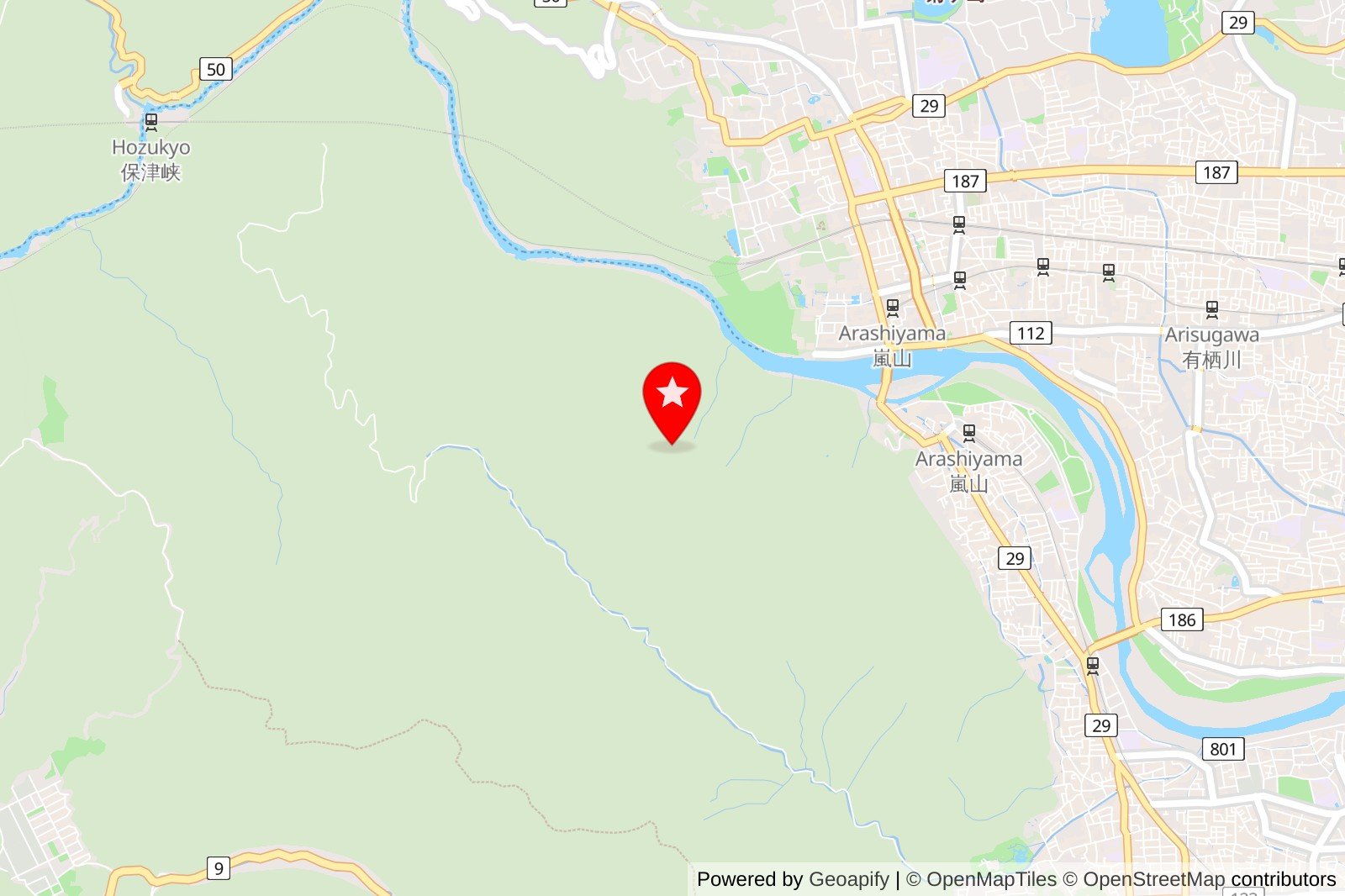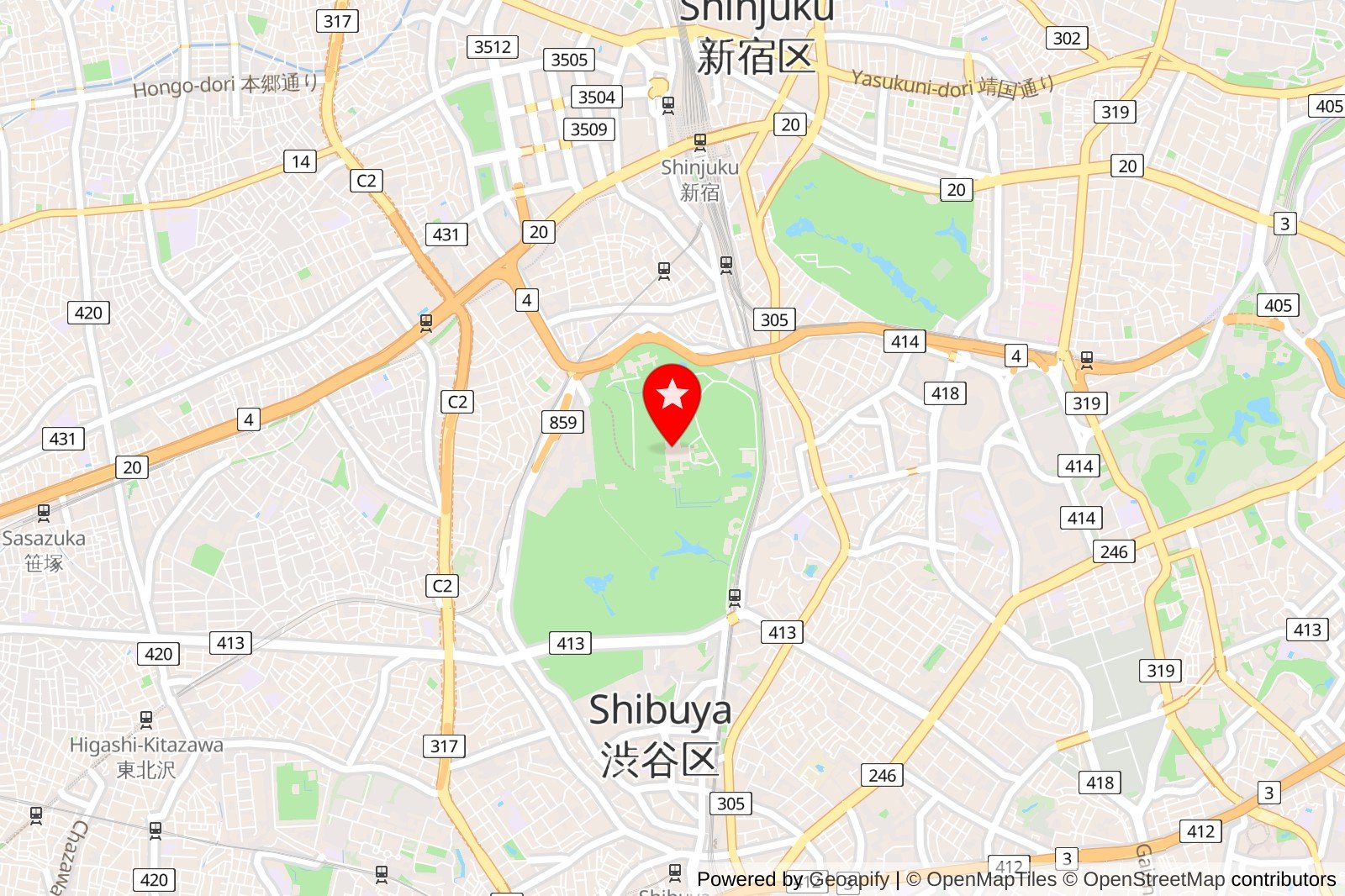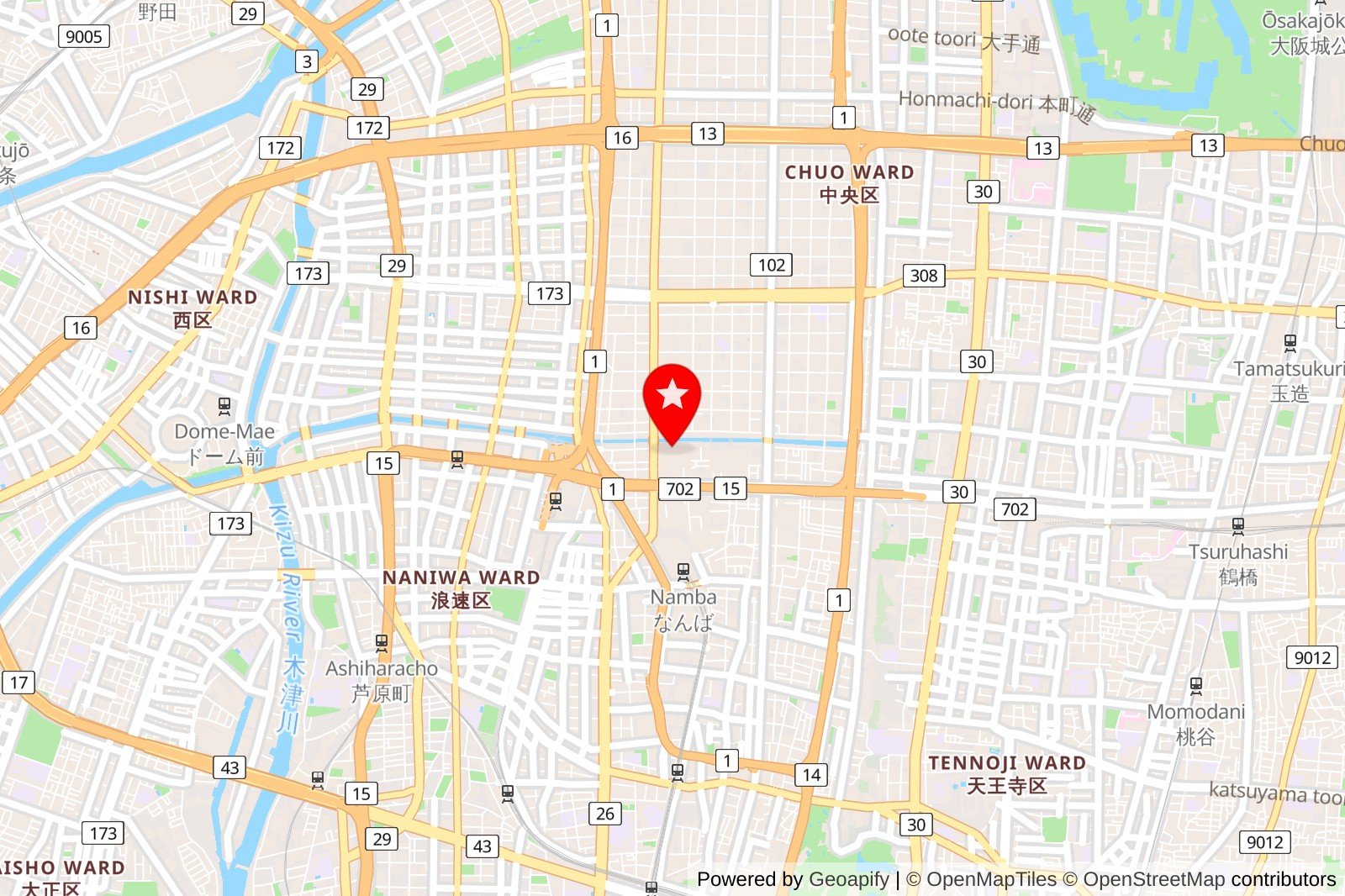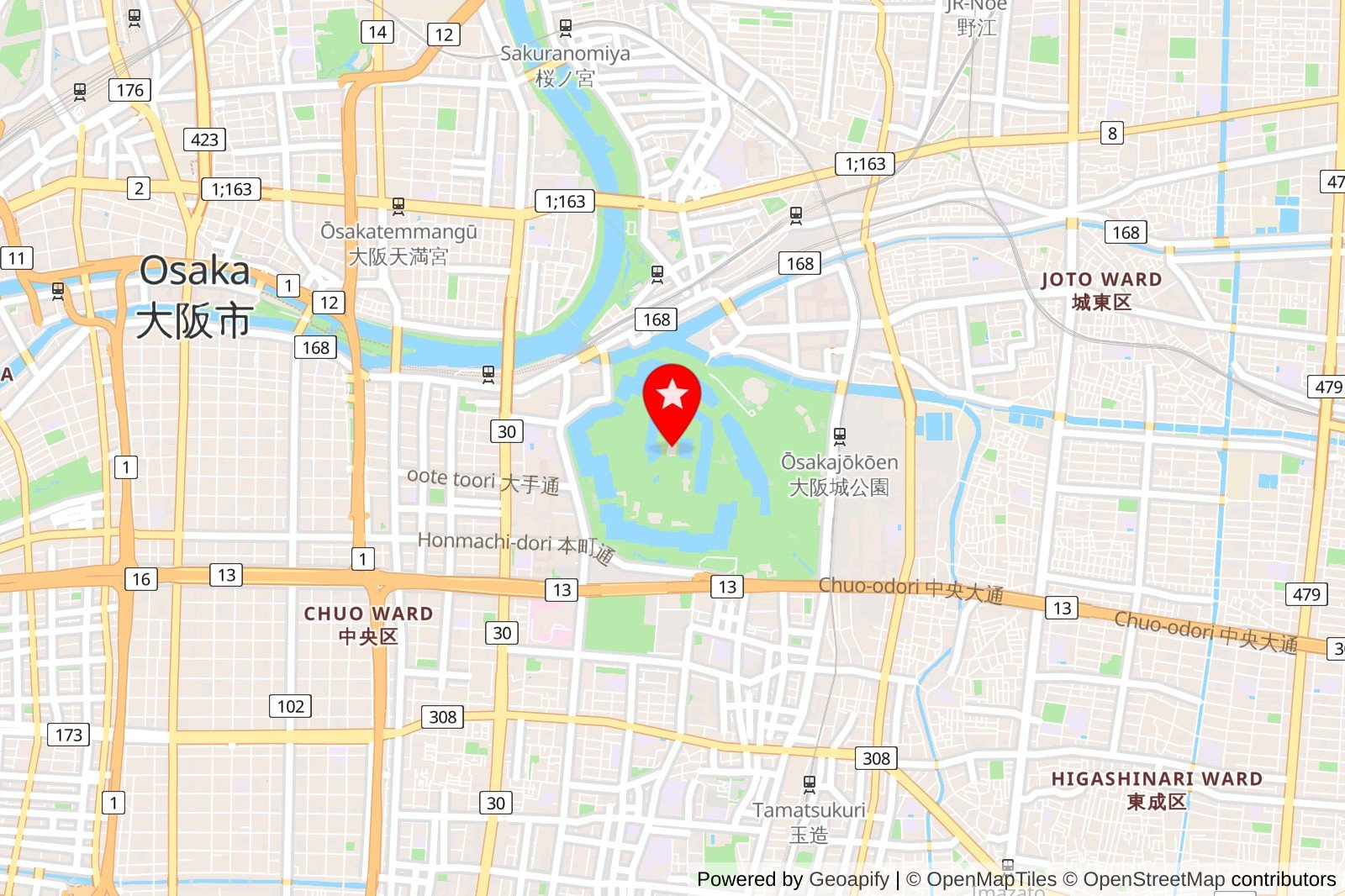Japan offers a unique blend of ancient traditions and modern marvels, making it an incredible destination to explore. From bustling cities to serene nature spots, there is something for every type of traveler in Japan. Whether you’re looking to immerse yourself in rich history or enjoy delicious cuisine, this country has it all.
You can visit iconic landmarks, experience vibrant culture, and enjoy stunning landscapes.
Each location presents its own charm and attractions, ensuring your trip will be memorable and full of adventures.
Kinkaku-ji
Kinkaku-ji, also known as the Golden Pavilion, is a stunning temple in Kyoto.
The building is covered in gold leaf, making it shine brightly against the beautiful gardens surrounding it.
You can stroll through the grounds and enjoy the peaceful atmosphere.
While visiting, you can see the reflection of Kinkaku-ji in the pond.
This creates a stunning view, especially during the fall when the leaves change color.
Each season offers a unique perspective on the temple’s beauty.
If you’re interested in history, Kinkaku-ji is rich with it.
The temple was originally built in the 14th century and has been rebuilt several times since.
Learning about its past adds depth to your visit.
Don’t forget to check out the nearby walking paths and hidden spots.
These areas provide a quieter experience away from the main crowds.
Rating: 4.5 (54,000 reviews)
Location: 1 Kinkakujicho, Kita Ward, Kyoto, 603-8361, Japan
Website: Visit Website
2) Fushimi Inari Taisha
Fushimi Inari Taisha is one of the most iconic sights in Japan.
It’s famous for its thousands of bright red torii gates.
These gates lead you up the mountain, creating a stunning path.
As you walk through the gates, you’ll notice offerings and small shrines along the way.
Each torii gate is donated by individuals or businesses for good fortune.
The names of the donors are inscribed on the gates.
You can hike to the summit of Mount Inari.
The hike takes about two hours but offers beautiful views of Kyoto.
Many people visit early in the morning or later in the afternoon to avoid crowds.
This shrine is not just a tourist spot.
It has a rich history and is dedicated to Inari, the Shinto god of rice.
The area around the shrine is also filled with beautiful nature, making it a peaceful place to explore.
Rating: 4.6 (72,000 reviews)
Location: Fushimi Inari Taisha
Contact: (075) 641-7331
Website: Visit Website
3) Arashiyama
Arashiyama is a stunning area in Kyoto, famous for its beautiful natural scenery.
You can enjoy peaceful walks among bamboo groves and over charming bridges.
The sights change with the seasons, making each visit special.
A highlight is the iconic Arashiyama Bamboo Grove.
As you stroll through towering bamboo stalks, you’ll feel like you’re in another world.
The light filtering through the leaves creates a magical atmosphere.
You might also want to check out the famous Togetsukyo Bridge.
It offers great views of the river and surrounding mountains.
In the autumn, the colorful leaves add to the beauty of the landscape.
Don’t miss the Arashiyama Momiji Festival, held on the second Sunday in November.
This event celebrates the local maple leaves and pays tribute to the area’s history.
It’s a lovely way to connect with Japanese culture.
Rating: 4.5 (5600 reviews)
Location: Arashiyama, Ukyo Ward, Kyoto, Japan
Website: Visit Website
4) Tokyo Skytree
Tokyo Skytree is an iconic landmark that you shouldn’t miss.
Standing at 634 meters, it is the tallest structure in Japan and offers stunning views of the city.
You can take an elevator ride to the observation decks for some breathtaking sights.
The Skytree is more than just a viewpoint.
It features shopping, dining, and entertainment options in the surrounding area.
You can enjoy local cuisine or shop for unique souvenirs.
Visiting during sunset gives you a magical view of Tokyo as the city lights up.
There are also seasonal events and exhibitions making each visit unique.
Check the official website for ticket prices and special events.
It’s recommended to purchase tickets in advance to avoid long lines.
Rating: 4.4 (91,000 reviews)
Location: 1 Chome-1-2 Oshiage, Sumida City, Tokyo 131-0045, Japan
Contact: +81 570-550-634
Website: Visit Website
5) Meiji Jingu
Meiji Jingu is a peaceful Shinto shrine located in Tokyo.
It is dedicated to Emperor Meiji and Empress Shoken.
The shrine sits in a beautiful forested area, making it an escape from the city’s hustle and bustle.
As you walk through the massive torii gates, you’ll find a serene path lined with trees.
The inner grounds offer quiet spots for reflection and prayer.
Don’t miss the traditional rituals and ceremonies that often take place here.
The shrine is especially busy during traditional events and New Year’s visits.
You can join locals as they participate in unique customs.
It’s a great way to experience Japanese culture firsthand.
If you’re looking for a place to relax or dive into history, Meiji Jingu is a must-visit.
The combination of nature and tradition makes it special.
Rating: 4.6 (39,000 reviews)
Location: 1-1 Yoyogikamizonocho, Shibuya City, Tokyo 151-8557, Japan
Website: Visit Website
6) Dotonbori
Dotonbori is a lively district in Osaka that comes alive at night.
You can see bright neon lights and large advertisements that make the area very famous.
It’s a great spot to take photos and experience the local culture.
Food lovers will have a blast here.
There are many stalls and restaurants offering delicious street food.
You can try takoyaki, okonomiyaki, and other local dishes that are hard to resist.
Walking along the Dotonbori Canal is a must.
The view is beautiful, especially when the city lights reflect off the water.
You might even find entertainment like street performers making your visit even more enjoyable.
Don’t forget to check out the iconic Glico Man sign.
This landmark is a symbol of Dotonbori and a popular photo spot for visitors.
It’s a perfect place to soak up the atmosphere of this bustling area.
Rating: 4.4 (71,000 reviews)
Location: 1 Chome Dotonbori, Chuo Ward, Osaka, 542-0071, Japan
Website: Visit Website
7) Imperial Palace East National Gardens
The Imperial Palace East National Gardens are a beautiful spot to explore while in Tokyo.
These gardens are part of the former site of Edo Castle, where samurais once lived.
You can enjoy lush lawns, flower beds, and historic structures scattered throughout the area.
Walking through the gardens, you can admire the scenery that changes with the seasons.
Cherry blossoms bloom in spring, and vibrant leaves appear in autumn.
The gardens are a peaceful escape from the busy city life around you.
You don’t have to pay any entrance fee, making it an ideal stop for budget travelers.
The gardens are open most days of the week, so you can plan your visit without hassle.
Just keep in mind there are some closed days, especially around the new year.
Visitors often appreciate the well-maintained paths and tranquil atmosphere.
You can find spots for picnics or just relax while enjoying the views.
Rating: 4.4 (8000 reviews)
Location: 1-1 Chiyoda, Chiyoda City, Tokyo 100-8111, Japan
Website: Visit Website
8) Nara Park
Nara Park is a must-visit spot in Japan.
It’s famous for its friendly free-roaming deer.
These deer are considered sacred and will wander right up to you.
Be sure to watch out for them as you explore the area.
The park is home to historic temples and beautiful gardens.
You can visit Todai-ji Temple, where the Great Buddha statue is located.
The scenery changes with the seasons, making it a lovely place to visit year-round.
There are plenty of pathways for walking, so take your time and enjoy the natural beauty.
You can also find several spots to relax or have a picnic.
Food stalls and shops nearby sell treats you can enjoy while admiring the surroundings.
If you’re looking for a peaceful escape in the heart of Japan, Nara Park is ideal.
Don’t forget your camera; the deer and scenery are picture-perfect!
Rating: 4.5 (59,000 reviews)
Location: Nara, Japan
Contact: +81 742-22-0375
Website: Visit Website## 9) Senso-ji Hozomon Gate
Senso-ji Hozomon Gate is an iconic symbol of Asakusa in Tokyo.
This impressive red gate welcomes visitors to Senso-ji Temple, one of the oldest and most important temples in Japan.
It has a unique style and stands out with its vibrant color.
As you approach the gate, you can admire the stunning details and the powerful statues on either side.
These statues are known as the Nio guardians and are believed to protect the temple from evil spirits.
The atmosphere is lively, with many people exploring the temple grounds.
The gate was founded in the 10th century and has seen many restorations.
It is still a major draw for tourists and locals alike.
You can take plenty of photos and enjoy the surrounding shops and stalls on Nakamise Street, which is nearby.
When you visit, don’t miss the chance to step inside and feel the history.
The gate serves as a beautiful entrance to a place filled with spirituality and tradition.
It’s a must-see when exploring Tokyo.
Rating: 4.5 (2500 reviews)
Location: Senso-ji Hozomon Gate
Website: Visit Website
10) Osaka Castle
Osaka Castle is a historic site that stands out in Japan.
It has a rich background tied to important events from the Sengoku period.
The castle was originally built by Toyotomi Hideyoshi in the late 1500s and has seen many transformations since then.
The tall stone walls and beautiful moats make it a remarkable sight.
You can explore the castle grounds and enjoy the scenery of surrounding parks.
There are restored structures that give you a glimpse into Japan’s feudal past.
Inside the castle, there is a museum that showcases artifacts and exhibits related to its history.
You’ll learn about the battles and key figures who shaped the area.
The views from the top of the castle are also worth the climb.
Visiting Osaka Castle is a great way to experience Japan’s history firsthand.
It is a popular destination for both tourists and locals alike.
Rating: 4.4 (74,000 reviews)
Location: 1-1 Osakajo, Chuo Ward, Osaka, 540-0002, Japan
Website: Visit Website
Cultural Etiquettes to Know
When visiting Japan, paying attention to cultural etiquettes can enhance your experience.
Understanding how to greet people and behave at the dining table is crucial for a respectful visit.
Bowing and Greetings
In Japan, bowing is a common form of greeting.
You will notice that people bow at varying angles depending on the context.
A shallow bow is typically casual, while a deeper bow shows more respect.
When you meet someone, it’s polite to bow slightly as a sign of greeting.
In business or formal settings, using both hands to present and accept business cards is also important.
This shows respect for the other person.
Make sure to say “Konnichiwa” (hello) and “Arigatou” (thank you) when appropriate.
These simple phrases go a long way in building good relationships with locals.
Dining Manners
Dining in Japan involves specific manners that show respect for food and the people serving it.
Before you start eating, it’s customary to say “Itadakimasu,” which means “I humbly receive.” This expression conveys gratitude for the meal.
When eating sushi or sashimi, use your hands or chopsticks as appropriate.
Never stick your chopsticks upright in a bowl of rice, as this resembles a funeral ritual.
If you’re at a restaurant, it’s polite to avoid talking on your phone.
Focus on your meal and the people around you.
If offered a drink, make sure to pour for others before filling your own glass.
This gesture of caring is appreciated.
Seasonal Events and Festivals
Japan has a rich culture filled with seasonal events and festivals.
These celebrations showcase traditional customs, vibrant parades, and the beauty of nature.
Here are two of the most popular seasons for festivals.
Cherry Blossom Season
Cherry blossom season, usually in late March to early April, is a must-see.
Hanami, the act of enjoying cherry blossoms, is a beloved activity.
You can picnic under blooming trees in parks like Ueno Park in Tokyo or Maruyama Park in Kyoto.
During this time, many local festivals take place.
For example, the Cherry Blossom Festival in Tokyo hosts food stalls, performances, and cultural displays.
It’s a lively atmosphere where you can appreciate Japan’s natural beauty and spend time with friends.
Remember to check when the blossoms are expected to bloom as it can vary each year.
Summer Festivals
Summer in Japan is marked by colorful festivals known as Matsuri.
These celebrate various themes, from ancient traditions to local harvests.
One of the largest is the Gion Matsuri in Kyoto, held throughout July.
It features parades with stunning floats called Yamaboko.
Another notable event is the Tenjin Matsuri in Osaka, celebrated on July 24-25.
It includes a boat procession and fireworks, drawing massive crowds.
Food stalls are plentiful, offering treats like yakitori and sweet mochi.
These summer festivals are not just about the sights.
They also give you a taste of Japan’s hospitality and community spirit.
If you visit during this season, it’s a chance to experience the lively culture firsthand.
Travel Tips and Hacks
Visiting Japan can be an incredible experience, but having the right travel tips and hacks can make your trip smoother.
Here are some important things to keep in mind about getting around and managing your money while you’re there.
Navigating Public Transport
Getting around Japan is easy thanks to its efficient public transport system.
The Japan Rail Pass is a great option for tourists.
It allows unlimited travel on most trains, making it ideal if you plan to explore multiple cities.
Subway and buses are also reliable options.
Make sure to download a transit app to check routes and schedules.
You can also find trains that have English signage, which can help you a lot.
Buying a Suica or Pasmo card can save you time and hassle.
These cards let you travel on trains, subways, and buses without needing to buy individual tickets.
Just tap your card at the ticket gates.
Currency and Payments
Japan is largely a cash-based society.
While some places accept credit cards, it’s smart to carry cash, especially in smaller towns and local shops.
ATMs in convenience stores usually accept foreign cards, so you can easily withdraw cash.
When exchanging money, look for currency exchange booths at airports or major train stations for better rates.
Always check the fees, as some places may charge extra for foreign transactions.
Also, be aware that tipping is not customary in Japan.
Instead, show appreciation through polite behavior.
This will make your interactions smoother and more enjoyable during your trip.
Frequently Asked Questions
Japan offers a mix of iconic attractions and hidden gems.
Whether you’re visiting for the first time or looking for off-the-beaten-path experiences, you might have some questions.
Here are answers to common queries.
What are the top destinations for first-time visitors to Japan?
For a first visit, consider must-see spots like Kinkaku-ji, the Golden Pavilion in Kyoto, or Fushimi Inari Taisha, famous for its thousands of torii gates.
Don’t miss Tokyo Skytree, where you can get stunning views of the city.
Which cities in Japan should young adults consider when planning a trip?
Young adults often enjoy cities like Tokyo for its vibrant nightlife and Harajuku for unique fashion.
Osaka is famous for its food scene and friendly locals, while Kyoto offers cultural experiences and history.
How long should you spend in Japan to get a good experience?
To really enjoy Japan, plan for at least one to two weeks.
This allows you to explore a few cities, visit major sights, and soak in the local culture.
Shorter trips can feel rushed; longer stays let you discover more.
Can you list some must-see hidden gems in Japan?
Hidden gems include Arashiyama’s bamboo grove and the serene beaches of Yakushima.
The small town of Takayama has traditional houses and beautiful rural scenery, making it a charming stop.
Which areas of Tokyo are the best to explore for tourists?
Where can you find the most beautiful scenery in Japan?
You can find stunning scenery at Mount Fuji or the picturesque landscapes of Nara Park.
The gardens of Kenroku-en in Kanazawa are also breathtaking in every season, showcasing Japan’s natural beauty.











